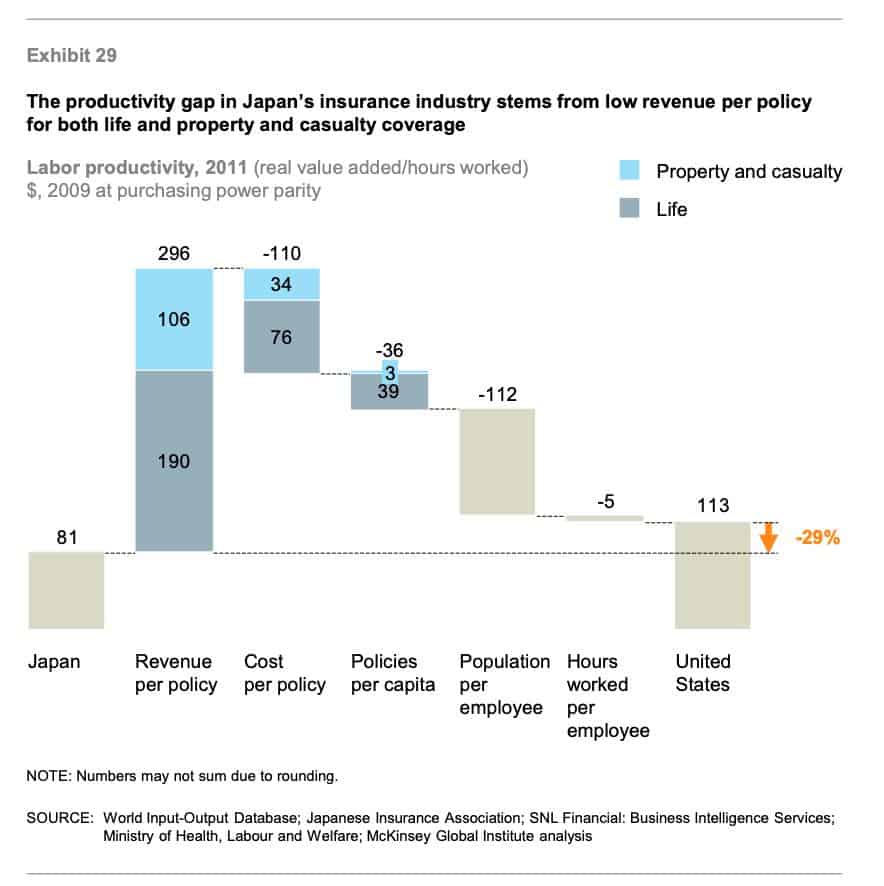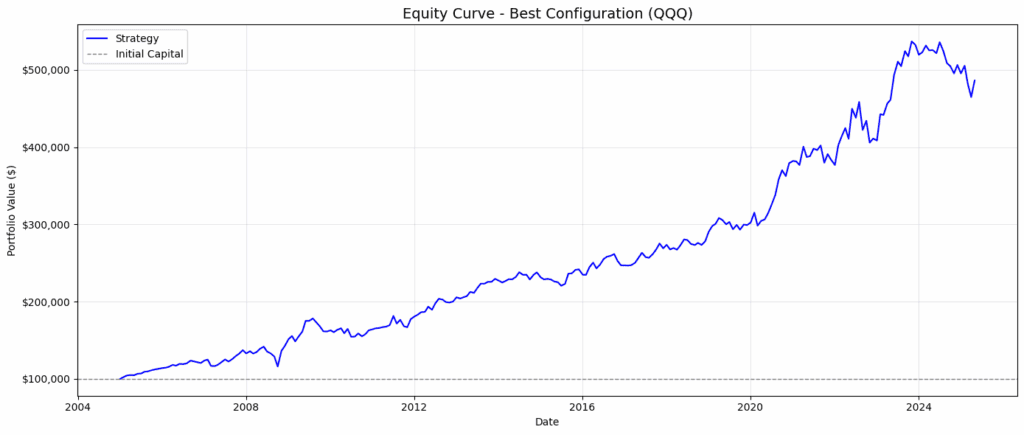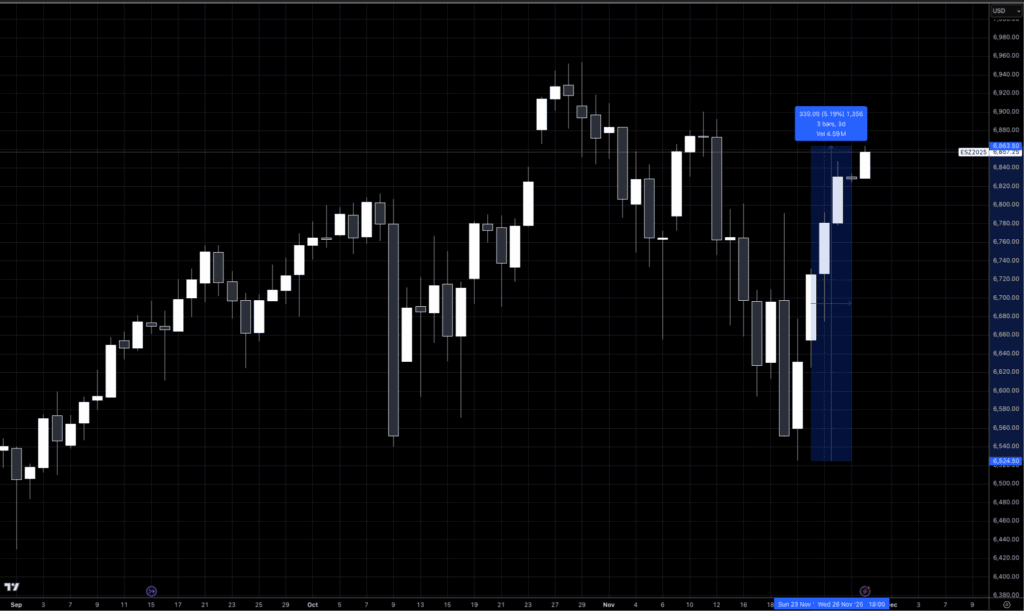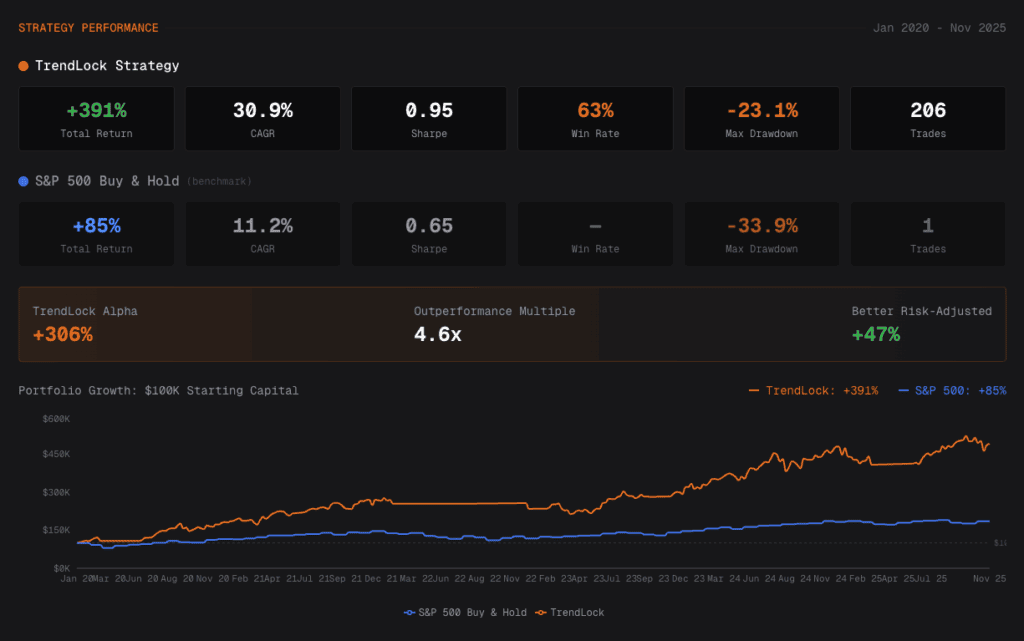Our job as investors is simple. We fish where the fish are. More importantly, we want to fish where other fishermen aren’t casting their lines. What good is inefficiency if every investor finds the same result? What good is a fishing hole if every fisherman has their line in the water?
Japan’s early tech / IPO scene is ripe with inefficiency and is our latest fishing hole without fishermen.
Japan needs its tech industry if it wants to compete on a global scale. With an aging population and smaller workforce, Japan will look to technology to save time, money and resources.
Thrown Out With The (Bubble) Bath Water
Since the 1990 asset bubble, Japanese tech companies have been thrown out with the bathwater. Underfunded, overlooked. Nobody’s wanted to touch them in over two decades. But if you look deeper, there’s reasons to be excited about Japan’s future. The country has the ingredients for strong economic returns:
-
- Manufacturing base
- Advanced technological know-how
- World-class infrastructure
- Large (and affluent) consumer market
Remember, this is the same country that introduced “just-in-time” supply chain management. The one manufacturing system studied the world over. There’s countless examples of Japanese firms commanding market share and leading the world in innovation. Some examples of market-leading products include:
-
- Sharp & The Handheld Calculator
- Toshiba & Metal Oxide Chips
- Seiko & Mass Production of Quartz Watches
- Sony & The Walkman
These products were at the forefront of technology during their time. They pushed the needle of conventional wisdom. Nobody thought they needed a Walkman. Scientists and students used desktop calculators with external power sources.
The world wasn’t craving these innovations. Yet Japan brought them to market.
Japan’s innovative spirit rides shotgun to its global slowdown and aging population. But there’s a new wave of technology-driven entrepreneurship brewing. A wave shifting cultural norms. Shattering career-employment and a labor-market dominated by large firms. It’s a full-blown revitalization of the entrepreneurial spirit amongst Japan’s youth.
And there’s no better place to witness this transformation than Japan’s Mother’s Index. The Mother’s Index is Japan’s early-stage public equity exchange. The Index is up over 40% in 2020, bucking the trend of most global stock market indices.
Before we dive into the Mother’s Index (and our list of potential investments), we should examine the history of Japan’s start-up economy.
Not All Ecosystems Created Equal
Compared to US’ Silicon Valley, most countries’ start-up economies feel small. Weak, even. That was true for Japan. In fact, traditional Japanese culture makes start-ups feel like they’re competing with both hands tied behind their backs.
Taylor Beck wrote a great piece on this phenomenon for FastCompany. Taylor interviews Tetsuya Ohashi, PR manager of Japanese start-up Terra Motors. When asked about the challenges young Japanese entrepreneurs face, Ohashi didn’t mince words (emphasis mine):
“There are limitations for young people in Japan … Bosses don’t take risks. Japanese workers can’t challenge the boss. If you give opinions, they don’t listen. Bosses don’t give young people opportunities: Only old men get to do interesting work.”
Japanese corporate culture is ageism on steroids.
Promotion by seniority rules in the land of the Rising Sun. It’s not how competent you are. Nor is it a matter of who has the best ideas. Are you older than your colleague? If so, your word goes.
Ohashi continues his rant (emphasis mine):
“If you’re stuck in a system that promotes by seniority, it’s living a slow death, like animals on a farm. I wanted to be in a tough, competitive place.”
Given the backwards incentives in many Japanese firms, young entrepreneurs flee the country. Seeking shelter in places like Silicon Valley. A place where their youth is a feature, not a bug.
Ohashi uttered three words when asked about the image of Japanese entrepreneurs:
-
- “Selfish”
- “Greedy”
- “Untrustworthy”
Ohashi suggests one reason Japanese cultures despises entrepreneurs: Horie Takafumi
Horie Takafumi was the Mark Zukerberg of Japan. Takafumi dropped out of a prestigious college to start a website, Livedoor. He wore t-shirts and unbuttoned shirts. He was the embodiment of the traditional, old-school Japanese business culture.
Then he went AWOL. The author reveals a few of Takafumi’s shenanigans saying, “after a decadent and public career, buying horses, hostilely taking over companies, running for office–when he was arrested for lying about profits to hide losses at Livedoor, and sent to prison for almost two years.”
Takafumi’s one screw-up was enough for Japan. In their eyes, any entrepreneur was a Takafumi. Waiting to explode, act out and end up in jail.
Using Baseball As A Proxy For Japan’s Start-up Economy
What if baseball is the model for Japan’s start-up economy? What if all it takes is one entrepreneur — a good one — to reverse the stigma. Ohashi explains this concept through Japanese baseball players (emphasis mine):
“Nomo Hideo was the first Japanese baseball player to make it in the American Major League, in 1995–but he was followed by a flood of players, like Ichiro Suzuki and Daisuke Matsuzaka–more than 50 in all so far. Baseball had been huge in Japan since it was introduced there in 1872 by American professor Horace Wilson, but it was not until a century and a quarter later that Japanese pros started competing internationally.”
In other words, Japan needs an entrepreneurial role-model. Young entrepreneurs want someone to blaze a path before them. Making their trek through the woods less unknown. That’s all it takes. One person.
That’s the exciting part. A massive culture shift doesn’t happen overnight. It churns inside one individual — one soul. It lights a creative fire in someone’s mind. And like a fire, the curiosity spreads like embers to other branches of innovation.
As investors, our job is to find these businesses run by fanatical entrepreneurs. We give them capital in exchange for part ownership in their dream. Their vision. Where can we find these companies run by talented Japanese entrepreneurs? Look no further than the Mothers Stock Index.
The Mothers Stock Index
Japan’s Mothers Index is the most neglected and dismissed area of Japanese equity markets. Very few outside investors venture into this exchange. Don’t believe me? Check out this snippet from a 2016 FT.com article (emphasis mine):
“Also key — until now — has been the comparative absence of foreign investors in Mother’s stocks. This has made them largely immune to the mass exodus of foreign capital from the main Japanese stock market in February when jitters over China and global growth prompted huge fund redemptions and cash calls that were met by selling out of highly liquid Japanese names.”
Dominated by day-traders, the Mothers Index feels more like a short-term casino than a long-term market for compounding wealth. That’s our opportunity.
“Mothers” is an acronym for the phrase: market of the high-growth and emerging stocks.
Companies in the Mothers Index are young, technology-based, and small. Most of these companies are founder-led whose management team boasts significant skin-in-the-game. These companies are perfect hunting grounds for finding fanatical Japanese entrepreneurs.
Some industries that comprise the Mothers Index include:
-
- Telemedicine
- Robotics
- Ecommerce
- Artificial Intelligence
- Teleworking
- Cloud Services
These are industries that will grow fast in a post-COVID world.
But it’s more than fast-growing tech-first industries. These companies are small and overlooked by Japanese & global institutions. Here’s a snippet from a working paper on Japanese IPOs highlighting this phenomenon (emphasis mine):
“Institutional investors invest in companies with large market capitalization. Because of its low liquidity, small-cap stocks are not eligible for these institutional investors. Therefore, even analysts at stock brokerage firms that mainly serve institutional investors do not cover small stocks. According to the Tokyo Stock Exchange, while the coverage by analysts in June 2016 is 61.7% on the Tokyo Stock Exchange, it is only 33.5% on Mothers. On JASDAQ, it is only 11.3%. As institutional investors avoid these companies right after IPO, it is mainly the individual investors, inclined to trade stocks in the short-term, who invest in these companies, making share prices unstable.”
Just how small is the average company on the Mother’s Exchange? Check out this snippet from Matthews Asia:
“The gap in startup funding is significant. The market capitalization of listed U.S. companies is approximately six times larger than the market capitalization of listed Japanese companies—but the disparity in venture capital is meaningfully more pronounced: Venture capital investment in the U.S. is more than 40 times greater than in Japan, as of the end of 2017.”
These are tiny companies. We’re talking less than $10M market cap on average. No wonder institutions can’t invest in these things! They can’t even justify putting an analyst on a company that small.
Again, that’s our opportunity. Small, founder-led, and positioned in industries with long tailwinds for growth. It’s our bread and butter.
There’s virtually zero sell-side analysis on these companies. In other words, you can’t find investment write-ups on the internet for most of these businesses.
We’re excited about this opportunity because it checks off all our boxes:
-
- Exciting industries with long runways for growth
- Lower share count
- Smaller market cap
- Founder-led with substantial skin in the game
- Little/no analyst coverage
Four Areas Ripe For Disruption & Innovation In Mothers Index
We want to position ourselves to capture the potential growth in Japan’s economy. We’ll waste time and energy driving blind through the Mother’s Index. We need guideposts. Road signs showing us where to turn. Luckily, McKinsey published a study on Japan’s economic revitalization.
Let’s highlight industries ripe for revenue and multiple expansion:
-
- Retail
- Financial Services
- Healthcare
- Technology
McKinsey had Advanced Manufacturing as one of its industries. But we’re swapping that for Technology. Specifically software-based (SaaS) companies. It’s not that I don’t think there’s value in advanced manufacturing. I don’t think it’s as good a business as many sticky, high-switching cost software companies.
Diving Deeper into Retail, Financial Services and Healthcare in Mothers Index
Retail
 Japan’s retail market remains highly fragmented and with little investment in IT solutions. In short, most Japanese retailers remain in the dark ages, relying on mail-order catalogs for sales growth. These mom-and-pop stores account for 47% of total retail sales.
Japan’s retail market remains highly fragmented and with little investment in IT solutions. In short, most Japanese retailers remain in the dark ages, relying on mail-order catalogs for sales growth. These mom-and-pop stores account for 47% of total retail sales.
Nobody’s rolling these stores up because families don’t want to sell. This makes it hard for individual stores to sell at profit margins. Think about the pricing power benefits one gets from scale (i.e., Walmart). No store on its own commands pricing power from its suppliers. Thus, prices stay elevated and margins compressed.
To make matters worse, many Japanese retailers opt for expanding floor space instead of upgrading technology.
This leads to decreasing sales-per-square-foot and sub-optimal capital allocation. In fact, the report reveals 71% of all IT spending goes towards maintenance. Not new technologies.
You’re probably asking yourself why Japanese retailers struggle. After all, they live in the birthplace of lean operations. The report notes (emphasis mine):
“A lean mindset, long a source of pride for Japanese auto manufacturing, is not sufficiently applied in retail. Customer buying habits lead to small average transactions, thus increasing the cost of sales, while wholesalers capture a large share of value through excessive intermediation.”
How To Fix & Where To Invest
A turnaround in Japan’s retail industry will take a concentrated effort on three things:
-
- Reduce size of stores
- Investment in new IT, not legacy maintenance
- Understanding Customer Wants & Desires
Companies that solve the above problems are ones we want to invest in. This looks like:
-
- Automation and distribution centers
- Ecommerce platforms for small businesses
- Big data analytics
- Supply chain management software
- Customer data software
- Turnkey multi-channel sales platform
- online advertising and marketing
- Express delivery services
We’ll be handsomely rewarded if we can invest in companies that drive further efficiency, productivity and margin expansion for an entire industry.
Financial Services
Japan sports a massive financial services industry. It accounts for 5.3% of the country’s entire GDP. The two main players in the financial industry are banking and insurance. The tandem generates 84% of the industry’s profits and employs 70% of the industry.
Yet despite its size, the industry’s fraught with low-growth companies, risk-averse clients and lacking online presence.
 There’s a few reasons for Japan’s stagnant growth compared to other nations (from the report):
There’s a few reasons for Japan’s stagnant growth compared to other nations (from the report):
-
- Difficulty obtaining significant ROAs
- Limited appetite for risk (risk-averse)
- Intense competition
Culturally, Japan airs on the side of caution. We see this in their financial sector. Banks struggle to lend higher interest rate products and loans to consumers. Why? Risk-aversion. The 1990s collapse is fresh in the minds of many Japanese consumers.
As of 2012, more than half of personal financial assets remained in cash. That’s a lot of money on the sidelines that isn’t in financial products (which banks can charge fees for, etc.).
Along with risk aversion, McKinsey notes two other factors hindering Japan’s financial sector:
1. Poor online banking product
Japanese banks are seriously behind the online banking curve. Most US banks allow customers to open accounts, transfer money, apply for loans and check their credit score. Not in Japan. The banks that do offer online services only allow customers to check their account balances and make remittances. That’s it.
I don’t see a clearer green light for a Japanese online banking disruptor than that.
2. Low customer loyalty
McKinsey surveys (2011 and 2014) revealed Japan as the country with the lowest levels of customer loyalty. McKinsey scored the survey based on responses to questions about new service offerings and if customers were willing to recommend their bank to a friend.
Given the sheer amount of data banks have on their customers, low customer loyalty screams lack of innovation. Banks can use this data to leverage their product offering. Tailoring services and products to their customers based on individual metrics.
How To Fix & Where To Invest
Japan’s banking and financial industry can experience massive growth if it innovates and invests in time-saving technologies. Increasing customer loyalty and developing good online banking solutions are key to the industry’s continued growth.
Additionally, many of Japan’s back office banking tasks can be automated with software. McKinsey cited a study that found the top 20-30 banking processes accounted for 40-50% of costs and 80-90% of activities. These activities include:
-
- Account openings
- Mortgage application processing
- Lending
- Customer requests
- Issuing Credit Cards
Given the above challenges, it pays to find companies dedicated to solving these banking challenges. These companies include banking back-office automation, online banking turnkey solutions, big data customer analytics, and more.
Healthcare
Japan spends a lot of money on healthcare (~8% of GDP). But it’s getting worse. If current trends continue, Japan will likely spend 11% of their GDP on healthcare costs.
This makes intuitive sense. Japan’s an aging country. Age brings about diseases, illnesses and extended hospital stays. These factors multiply to create a ballooning effect on healthcare spending.
It’s more than age that’s spiking healthcare costs. Until recently, Japan had weird government incentive structures. For example, the longer a patient stayed at the hospital, the greater the government incentive. Not surprisingly, this encouraged hospitals to keep patients longer than needed. That costs money, forcing hospitals to operate at economic losses.
 You can see the effects of this backwards incentive structure in the graph on the left.
You can see the effects of this backwards incentive structure in the graph on the left.
Japanese patients consult physicians an average of almost 13 times per year
The average hospital stay is three times longer in Japan than in other advanced economies
Patients also stay in hospital due to lack of secondary care facilities (think rehab, out-patient, etc.). Long waitlists and high prices result in more demand than supply.
With 25% of the country’s population above the age of 60, there’s no time for the government & private sector to waste on innovating and increasing efficiency.
How To Fix & Where To Invest
Here’s McKinsey’s take on where innovation lies in the healthcare space (emphasis mine): “There are major efficiency gains still to be captured from electronic medical records and big data tools. Most hospitals already have solid technology systems in place, but the key will be connecting these systems and ensuring interoperability across providers.”
There’s also strong incentive to open out-patient facilities so hospitals can wean patients off main care. This means more elderly care facilities, physical rehabilitation clinics, etc.
Finally, telemedicine would greatly assist hospitals in reaching the more rural parts of Japan. It would also reduce the need for patients to visit the hospitals. Which frees up beds for more serious cases.
Given the above needs, it makes sense to invest in the following areas:
-
- Elderly hospice and assisted living centers
- Physical rehabilitation clinics
- Electronic medical records platform
- Integration technology for hospitals transmitting patient records
- Telemedicine services (conferencing software, etc.)
A Plan Into Action
We now have the mental pieces in place to take advantage of the shift in Japanese start-up culture and technology. We know which industries we want to focus on, and where to find specific companies.
We’ll cover some early-stage Japanese AI companies over the coming weeks to get an idea on how these start-ups are using AI to create amazing businesses.
If you want to read more about Japan’s start-up turnaround, check out these sources:







